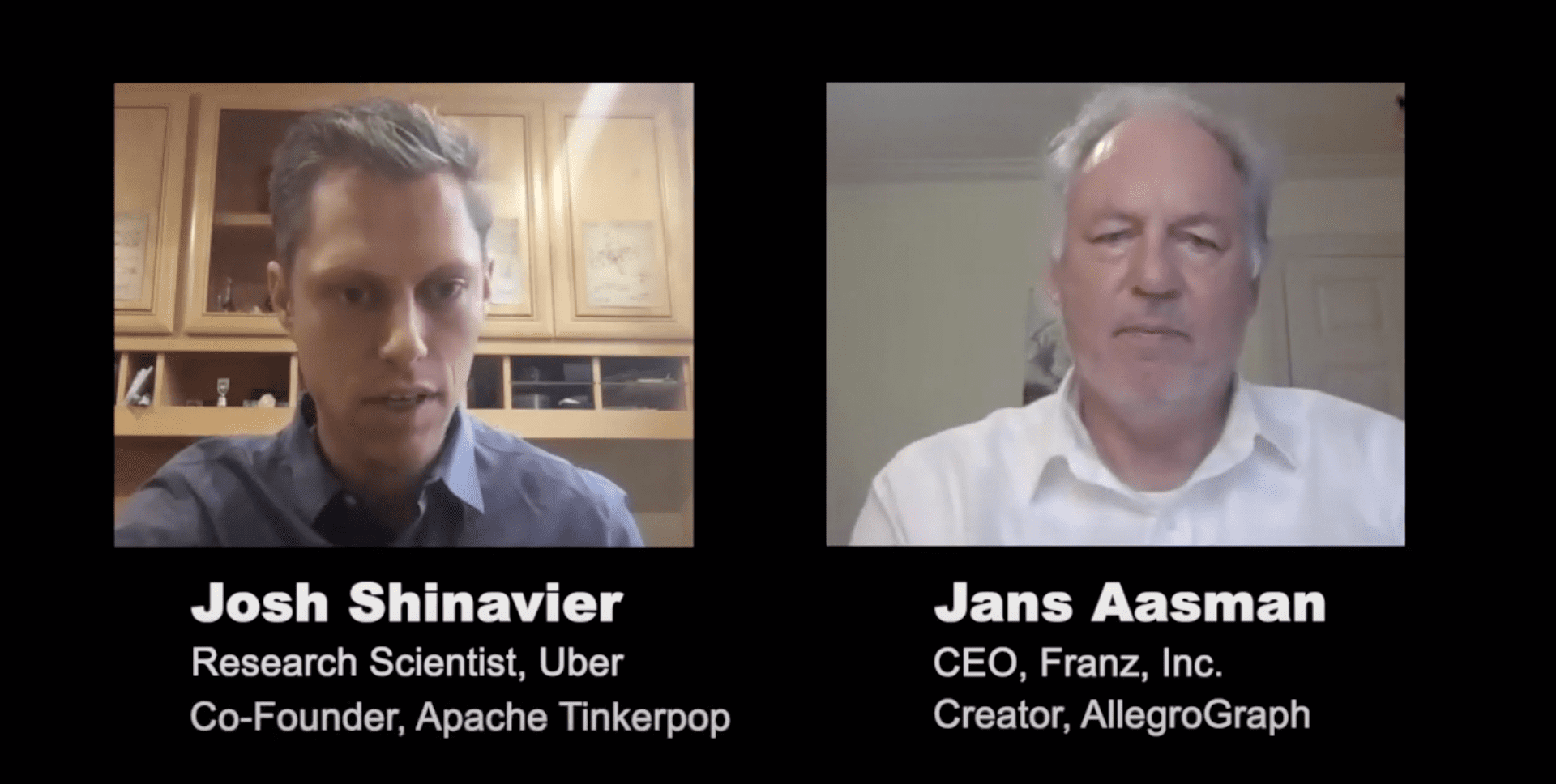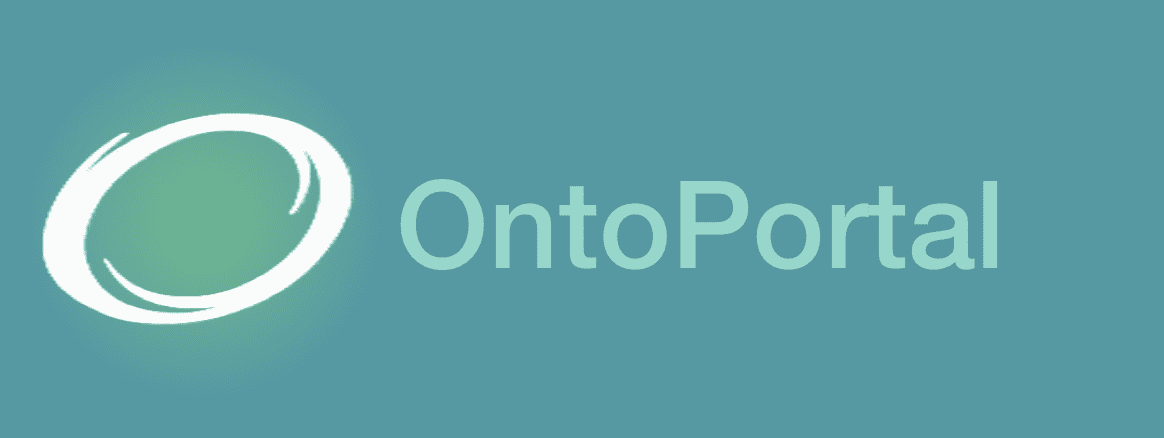AiThority Interview with Dr. Jans Aasman
Jans Aasman, please tell us about your current role and the team / technology you handle at Franz.
As CEO of Franz Inc., I drive the overall technology vision for our Enterprise Knowledge Graph solutions and ensure our customer projects deliver the ROI results expected with graph based architectures.
Franz Inc. is composed of an expert team with skills in Graph Databases, Semantic technologies, Graph Visualization, AI, NLP and Machine Learning. Our domain knowledge encompasses large enterprises in Healthcare, Pharma, Customer Support, and Intelligence Agencies.
Our main business today revolves around AllegroGraph, a Semantic Graph platform that allows infinite data integration through a patented approach unifying all data and siloed knowledge into an Entity-Event Knowledge Graph solution that can support massive big data analytics. AllegroGraph’s FedShard feature utilizes patented federated sharding capabilities that drive 360-degree insights and enable complex reasoning across a distributed Knowledge Graph. AllegroGraph is utilized by dozens of the top Fortune 500 companies worldwide.
We also offer a popular data visualization and no-code query builder called Gruff – the most advanced Knowledge Graph visualization application on the market, which we recently integrated into Franz AllegroGraph. Gruff enables users to create visual Knowledge Graphs that display data relationships in views that are driven by the user. Ad hoc and exploratory analysis can be performed by simply clicking on different graph nodes to answer questions. Gruff’s unique ‘Time Machine’ feature provides the capability to explore temporal context and connections within data. The visual query builder within Gruff empowers both novice and expert users to create simple to highly complex queries without writing any code.
Read the full interview at AIThority.



